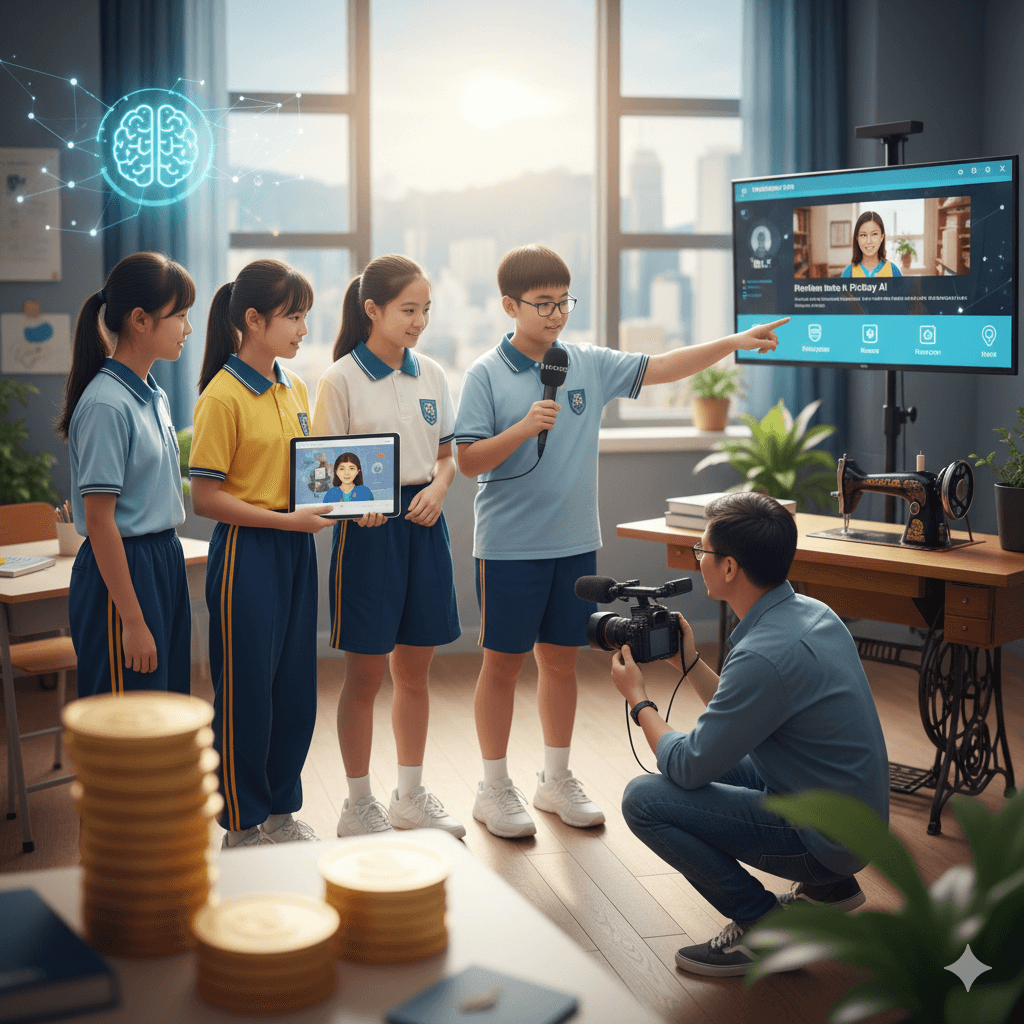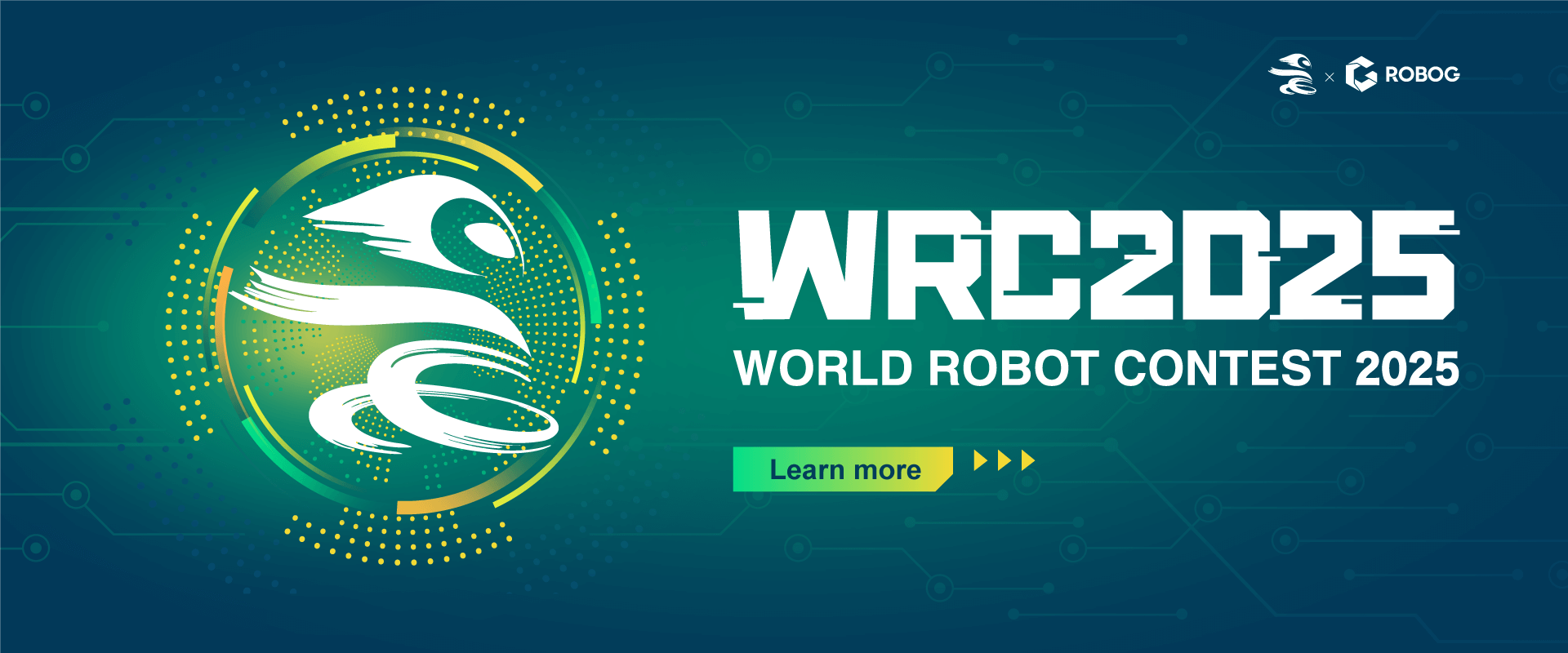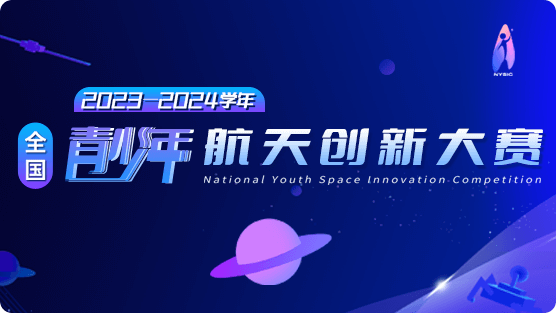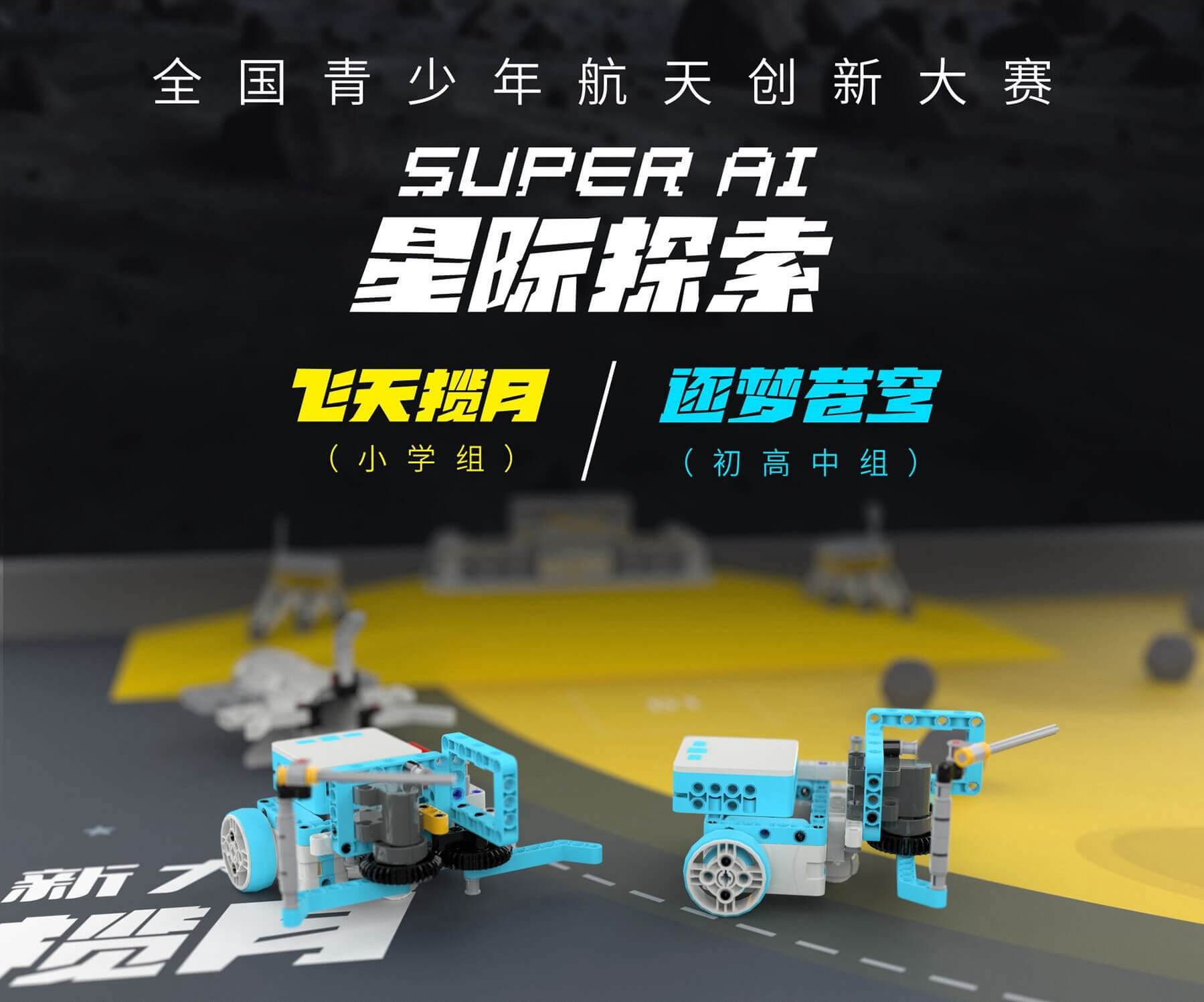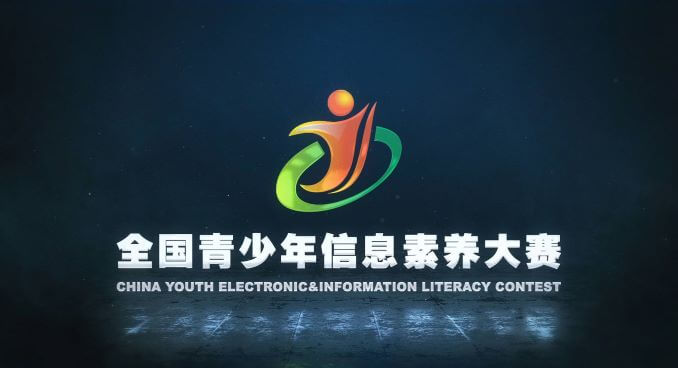As artificial intelligence (AI) and digitalization sweep the world, how to equip students with key future-oriented capabilities has become a core issue of concern to every educator. Among many science and technology competitions, the "National Youth Information Literacy Competition" has quickly become one of the most valuable top science and innovation platforms recognized by the academic community with its authoritative official background, rigorous competition system and huge influence. This article will deeply analyze the value of this competition for you, and focus on its highly anticipated core event - the "Unmanned Aerial Vehicle Theme Competition", to help you guide your students to stand out in this science and technology event.
1. Why is the "National Youth Information Literacy Competition" worth your and your students' investment?
When recommending competitions to students, their authority and educational value are the primary considerations.National Youth Information Literacy CompetitionThe value of gold is reflected in the following aspects:
- Top official background:The competition is hosted by the China Institute of Electronics (CIE), a national first-level society directly under the Ministry of Industry and Information Technology. The Information Development Bureau of the State Internet Information Office serves as the guiding unit to ensure that the competition is closely aligned with the top-level strategy of national digital development.
- Ministry of Education "White List" certification:This is the "gold standard" for measuring the value of the competition. This competition is one of the core events of the "World Robot Conference Youth Robot Design and Information Literacy Competition" and is clearly included in the "List of National Competition Activities for Primary and Secondary School Students in the 2022-2025 Academic Year" issued by the Ministry of Education. It has extremely high policy compliance and educational credibility.
- Astonishing scale and influence:The scale of participation in the competition has grown exponentially. In 2024, the number of applicants nationwide surged to more than 220,000, and the finals brought together about 15,000 contestants from 26 competition areas across the country, and even attracted teams from Hong Kong and Macao to participate. This has become one of the important indicators for measuring the level of science and technology education for regional youth.
- Adhere to the principles of public welfare and openness:The competition adheres to the concept of "open source, open, public welfare, and innovation". The official clearly stipulates that no registration fee will be charged, and participation is voluntary, providing an excellent practice and communication platform for young people who are passionate about science and technology.
2. Aerial Arena of Smart Applications: A Complete Analysis of the “Unmanned Aerial Vehicle Theme Competition”
As the star event in the "Smart Application" category of the competition,Unmanned aerial vehicle theme competitionWith the theme of "Passion, Speed, Surpassing Yourself", the competition comprehensively tests the comprehensive abilities of the contestants. It is divided into two core tasks: "Obstacle Competition" and "Programming Challenge". It is suitable for elementary school, junior high school and high school (including secondary vocational school) students to participate in individual form.
1. Unmanned aerial vehicle obstacle course competition: a test of control skills and psychological quality
This event is like a difficult aerial obstacle race, which aims to comprehensively test the contestants' drone control ability, psychological quality and on-the-spot adaptability.
- Competition scenarioImagine that students need to manually control a drone in a large indoor venue and complete seven ingeniously designed levels in a row within 120 seconds. The contestants have two chances to challenge and the best score will be taken.
- Core Challenge Description:
- Multi-posture crossing: The challenge is not just to simply fly through the rings. For example, one level requires the drone to "drill" through a horizontal ring from bottom to top, and then turn immediately and "pass" through a vertical ring from right to left, forming an L-shaped flight trajectory. Another level is the opposite operation, requiring the drone to first pass through the vertical ring and then drill through the horizontal ring downwards. This is a great test of students' spatial perception and three-dimensional control skills.
- Interactive tasks:There is a platform in the track with lightweight foam blocks on it. Students need to control the drone to fly closer and use the airflow generated by the propeller or innovative methods such as launching virtual missiles (sensing shooting) to "shoot down" the foam blocks from the platform. This encourages students to think about how to use the physical properties of the drone to complete the task.
- Precision delivery and landing: During the flight, the drone needs to carry a material with a hanging chain. At the designated level, students need to control the drone to fly directly above a 30 cm square open box and accurately drop the material into it in the air. The end of the competition is the landing mission to return to the starting point. The landing pad is a multi-ring target pattern, which is divided into multiple scoring levels from 25 points (perfect landing) to 0 points (invalid landing) according to the distance between the final landing position of the drone and the center point.
Each stage of this competition is full of challenges, and even the slightest mistake may result in a deduction of points or mission failure. To achieve high scores, students not only need to practice repeatedly, but also need to have a deep understanding of flight principles and control techniques, which can be effectively improved through systematic professional training.
2. Unmanned Aerial Vehicle Programming Challenge: The ultimate showdown of algorithmic thinking and problem-solving skills
If the obstacle race is a display of "man-machine integration" skills, then the programming competition is a true "unmanned" autonomous intelligence challenge, focusing on students' programming skills, route planning and ability to solve practical problems.
- Competition scenario: In this challenge, students will become "AI flight engineers". They only have one chance to write or debug programs on the spot within 10 minutes of the competition, so that the drone can complete a series of complex simulated logistics tasks completely autonomously without any manual intervention.
- Core Challenge Description:
- Phase 1: Autonomous acquisition of suppliesThe program written by the students must be able to command the drone to take off from a designated square take-off area, first autonomously pass through a round door, and then fly to two platforms with foam blocks on them. The drone needs to remove the materials from the grooves of the platforms through induction shooting and other methods. After completion, it must fly across the stadium and finally autonomously land in the designated square area at the other end of the track to complete the first stage.
- Phase 2: Intelligent Transportation and Identification. After completing the first stage, the contestants will mount the supplies they have just obtained on the drone and start a more complex task from a new take-off point. The program must first guide the drone through another circular gate in the middle of the track. Then, the technical core of the entire challenge is: the drone needs to fly to a position with a "command arrow" card, shoot the card through its own lens, and run an image recognition algorithm to independently determine whether the arrow is pointing left or right. Finally, based on the recognition results, the program needs to place the two supplies separately and accurately into two designated square open material boxes.
This challenge is much more difficult than ordinary programming. It requires students to have solid programming logic and algorithm design capabilities, as well as proficient application of drone sensors and API interfaces. This is not just about writing code, but also about designing a "sky robot" brain that can run stably in the physical world. If you want to guide students to make breakthroughs in this difficult competition, receiving guidance from a team of university-level experts and systematic course training will be the most effective way.
3. Vinci AI: Professional support for your students’ preparation for competitions
Faced with such a high-standard and high-tech national competition, we are fully aware of the challenges teachers may face when guiding students.Vinci AI Yunsi Intelligence We are your most trusted professional partner. We are not only a top AI and STEM education institution, but also the official partner of the China Institute of Electronics in Hong Kong, providing comprehensive on-campus courses and preparation support for the "National Youth Information Literacy Competition" and the "National Youth Drone Technical Level Examination".
Vinci AI is a top technology education institution nurtured by Hong Kong Cyberport and invested by the Tech 300 Fund of City University of Hong Kong. We are committed to promoting AI literacy and have provided courses, teacher training and competition guidance to more than 100 schools and non-governmental organizations. Our core teaching team is composed of experienced AI university lecturers and doctoral research experts, ensuring that our courses have both academic depth and practical foresight.
Vinci AIDrone Programming CourseHow can we help you?
Our courses are a one-stop solution designed specifically for schools, aiming to reduce teachers' competition preparation pressure and improve students' competition capabilities.
- One course, two tracks, two certifications:Our curriculum system perfectly connects the two national projects, the "National Youth Information Literacy Competition-Unmanned Aerial Vehicle Theme Competition" and the "National Youth UAV Technical Level Examination". Students can participate in a course in school to prepare for the national competition awards, and also obtain dual certification issued by the China Electronics Society and the EXIN International Information Science Examination Society, which greatly enhances their academic and scientific background.
- Official partner, seamless connection of teaching resources:As the official partner of competitions and level examinations in Hong Kong, we can provide schools with the most direct and authoritative competition support, ensuring that the course content, teaching process and professional models always keep up with the latest examination guidelines and competition rules.
- Systematic courses, comprehensive coverage of skill points:We provide comprehensive on-campus courses, covering theoretical knowledge from flight principles, power systems, etc., to skill development from Scratch graphics to Python code programming, and then to a large amount of practical training for competition tasks, to comprehensively improve students' comprehensive abilities.
- Professional competition model:The performance parameters of the teaching drones we provide fully meet the technical specifications of the competition for the obstacle race and programming competition (such as weight, wheelbase, optical flow positioning, image recognition function, etc.), allowing students to use the same model for in-school training and out-of-town competitions, achieving seamless connection.
The National Youth Information Literacy Competition is not only a competition, but also a valuable learning and growth experience, and an excellent springboard to the future top technology field. Let Vinci AI's expert team, with the most professional on-campus courses and the most authoritative guidance, become a strong backing for you and your students, challenge the national stage together, master future technology, and achieve extraordinary results!
Welcome to contact our curriculum consultants to arrange curriculum consultation or teacher workshop for your school!
- Contact Number:+852 97382471
- Email address: [email protected]
- address:The Grand Oasis, 1/F, Tung Po, 2 Qi Bao Street, San Po Kong, Kowloon
➡️ Learn more about ourDrone Programming Course, and how we can tailor-make on-campus courses for your students.
Drone Programming Course
Vinci AI's "UAV Programming Course" aims to provide students with a learning path that combines national-level skill certification with participation in national competitions. This course helps students prepare for the "National Youth Drone Technical Grade Examination", and also participated in the "National Youth Information Literacy Competition – Unmanned Aerial Vehicle Theme Competition" (white list competition approved by the Ministry of Education). As the official partner of the above-mentioned level examinations and competitions in Hong Kong, Insight is committed to supporting students to learn and improve their skills for both goals in one course through its curriculum system and professional models, and promoting their joint development in academic certification and practical application.

